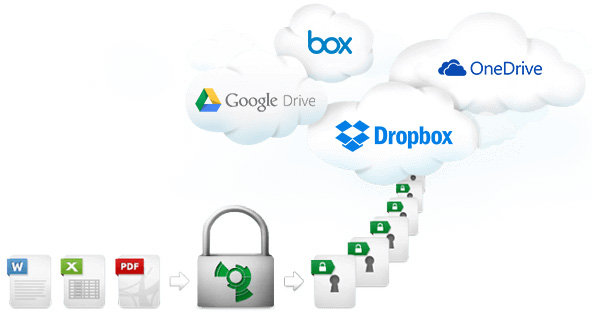

- #Boxcryptor 2.0 and classic both mac os x
- #Boxcryptor 2.0 and classic both mac os
- #Boxcryptor 2.0 and classic both software
- #Boxcryptor 2.0 and classic both code
- #Boxcryptor 2.0 and classic both password
Hence, there was no guarantee that it didn't contain any back doors.
#Boxcryptor 2.0 and classic both code
Truecrypt source code was not audited for a very long time.
#Boxcryptor 2.0 and classic both mac os
Truecrypt behaves differently on different platforms (Windows, Mac OS X, Linux) - look at the page 13 in this analysis of version 7.0a.It is hard to validate if the distributed binaries are really built from the published source code.The authors of Truecrypt are anonymous (at least to the public) and thus it is not known what is their motivation on creating such software.Don't forget to backup the user profile certificate.Right click on it and choose "Properties" -> "General" -> "Advanced" -> "Encrypt contents to secure data".Start EFS and make it automatically start on boot.Find Encrypting File System (EFS) from the list.Recovering encrypted files also requires Windows operating system with EFS support. Otherwise the encrypted files become inaccessible if something should happen to the Windows user profile. Moreover, since the encryption keys are tightly connected with the user's Windows login account, it is advisable to export the certificate used for EFS and keep it in a safe place. Hence, the file encryption is a s strong as the user's login password.
#Boxcryptor 2.0 and classic both password
This encryption key is then encrypted with user's password and bundled with the encrypted file. Windows EFS generates a separate encryption key for each file. EFS is available since Windows 2000, but it is unsupported in some cheaper versions (Windows 7 Starter, Home Basic, Home Premium). However, EFS cannot be used to encrypt the system drive. It allows the user to encrypt individual files, folders or even all files in a drive very easily. Windows Encrypting File System (EFS) is a feature in the NTFS file system that is used in the Windows operating system. Truecrypt works on all of the three operating systems, although for system drive encryption it is used mostly in Windows.
#Boxcryptor 2.0 and classic both mac os x
In Mac OS X there is FileVault 2 and in many Linux distributions LUKS and DM-crypt are most used. For Windows there is Bitlocker, although is is available only for more feature-full versions of Windows (Enterprise, Ultimate, Server).
#Boxcryptor 2.0 and classic both software
Most operating systems have system drive encryption software bundled with them. When the system drive is encrypted, the decryption password is requested right after starting the computer, before the operating system can start loading. In Windows, the system drive is the C:\ drive, in Mac OS X and Linux it is where the root file system / is. The system drive is a disk (or its partition) where the operating system files reside and that is used to boot up the system. Also, operating system profile setting as well as web browsing history is unprotected in this case.Īnother approach is to encrypt the whole disk, including the system drive. It is important to understand that all other files are left unencrypted - the temporary files created when opening an attachment from e-mail or editing an Office document may be placed outside the encrypted folder by the operating system. Windows Encrypting File System, Truecrypt, Boxcryptor and even PGP are examples of software that encrypt individual files. For example, one can use such software to encrypt only work-related documents. First, some software is for encrypting individual files and folders in a computer. At several thousand tenants, our prototype incurs limited performance overhead below 21%, unlike a solution from industry whose multitenancy overhead approaches 84% in some cases.In principle encryption software can be divided in two categories. We alternatively use a local cluster and a public cloud to experimentally evaluate a Dike prototype implementation that we developed. We introduce secure protocols to authenticate the participating entities and authorize the data access over the network. It combines native access control with tenant namespace isolation and compatibility to object-based filesystems.

Then we introduce the design of the Dike authorization architecture. First we define the entities involved in a multitenant filesystem and present relevant security requirements. The scalable deployment of filesystems in such environments is challenging due to intermediate translation layers required for networked file access or identity management. In a virtualization environment that serves multiple tenants (independent organizations), storage consolidation at the filesystem level is desirable because it enables data sharing, administration efficiency, and performance optimizations.


 0 kommentar(er)
0 kommentar(er)
